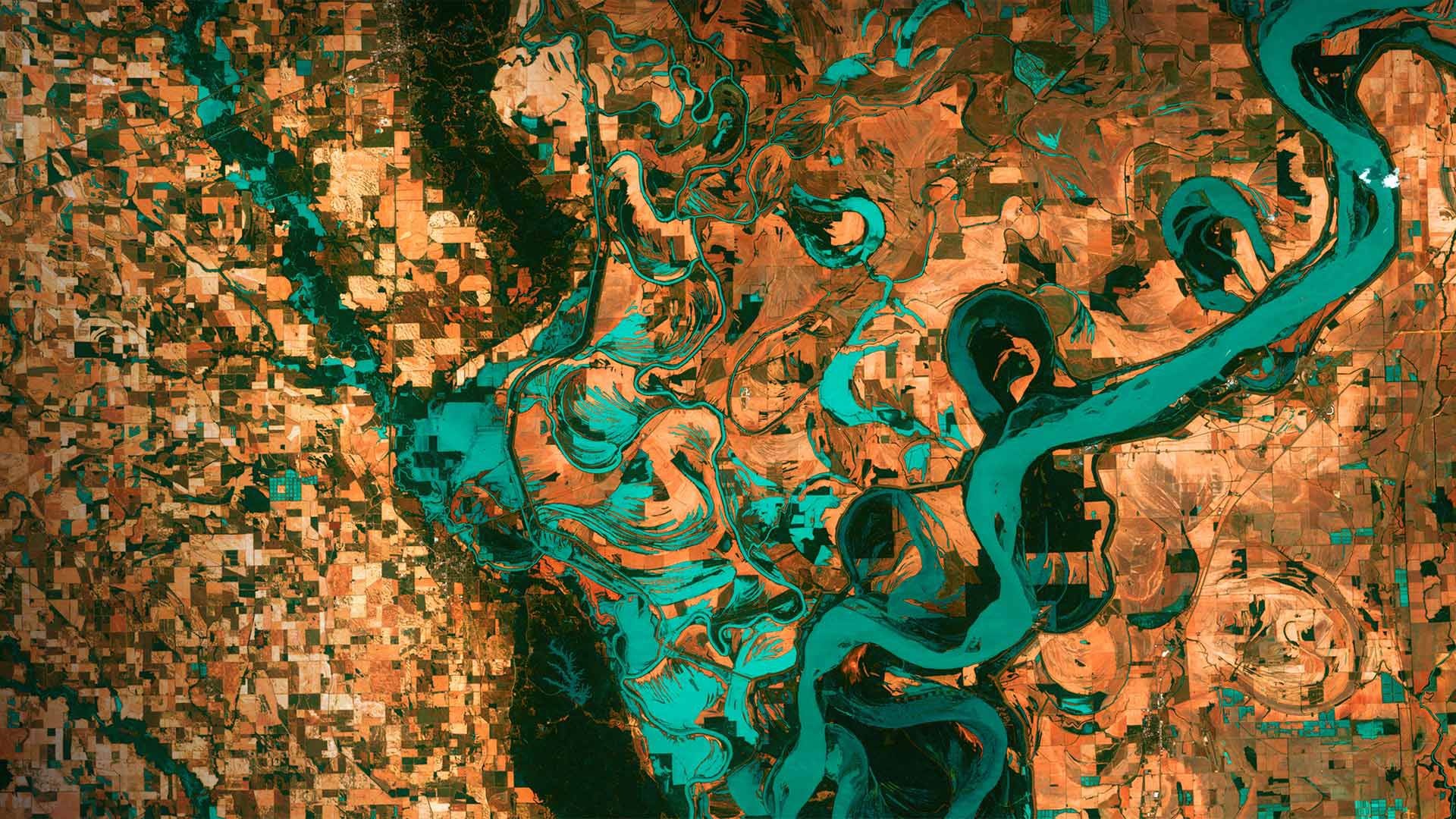Natural disasters can strike at any time, often with little warning, and the impact they have on communities and individuals can be devastating. From hurricanes and tornadoes to earthquakes and wildfires, the forces of nature can wreak havoc on our lives, leaving us feeling vulnerable and unsure of how to move forward. However, in the face of these challenges, it is resilience that allows us to weather the storm and emerge stronger on the other side.
Resilience is the ability to bounce back from difficult circumstances and to adapt to changing situations. It is a quality that can be cultivated and developed, and it is an essential tool for navigating the aftermath of a natural disaster. Resilience is what allows individuals and communities to come together, rebuild, and ultimately thrive in the face of adversity.
One of the key components of resilience is the ability to remain flexible in the face of unexpected challenges. Natural disasters can upend our lives in an instant, and the ability to adapt to new circumstances is crucial for survival. Whether it is finding temporary shelter, accessing clean water and food, or navigating the complex process of rebuilding homes and communities, resilience allows us to stay focused on the path forward, rather than getting stuck in the despair of the present moment.
In addition to flexibility, resilience also requires a strong support network. In the aftermath of a natural disaster, it is often the support and care of friends, family, and neighbors that allow individuals to recover and rebuild. By coming together and offering assistance, emotional support, and resources, communities can demonstrate the power of resilience in action. During times of crisis, it is important to lean on one another and to recognize that we are all in this together.
Building resilience also involves learning from past experiences. By reflecting on how we have weathered previous storms and identifying the strengths and resources that helped us in those moments, we can better prepare for future challenges. This might involve creating emergency plans, stocking supplies, and staying informed about potential risks in our area.
Lastly, finding meaning and purpose in the face of adversity is a crucial aspect of resilience. Natural disasters can be overwhelming, but by focusing on the values and beliefs that are important to us, we can find the strength to carry on. Whether it is supporting our families, rebuilding our communities, or advocating for more resilient infrastructure, finding meaning in the wake of a natural disaster can help us channel our energy into positive action.
Ultimately, it is resilience that allows us to weather the storm of natural disasters and to emerge on the other side with a newfound sense of strength and community. By remaining flexible, drawing on our support networks, learning from our experiences, and finding meaning in the face of adversity, we can come together and build a more resilient future for ourselves and our communities.







